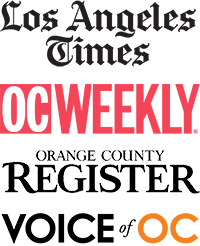
JAMES M. CRAWFORD
Criminal Defense & Appeals Attorney
Ratings


Memberships


Media Coverage


Two common defenses against DUI charges are: Driving badly does not necessarily equate to DUI, and physical appearance does not equal DUI.
Imagine this scenario: It is 5 a.m., and college student John has just left a friend’s house where he had been studying for exams from 7 p.m. to 5 a.m. They had a few beers, but the last one John had was a few hours ago. His eyes are red from exhaustion and allergies, and his hair is unkempt. His clothes smell slightly and have a few pizza sauce stains. On the way back to his apartment, he reaches down to change a song on the radio and drifts into the next lane. The next thing he knows, he is being pulled over and charged with DUI.
Driving patterns
Police officers often rely on driving patterns to determine whether someone could be driving while intoxicated. Signs such as speeding or drifting into other lanes could be indicative of DUI, but defense attorneys know that police officers frequently ignore good driving behavior and zoom in on any driving mishap. John could have been driving perfectly fine before and after the song change, but that might not matter to the officer.
Physical appearance
Objective signs of being intoxicated include an unsteady gait, flushed face, slurred speech and watery or red eyes. Many college students have red eyes after cramming all night long, and fair or not, looking unkempt in general with unbrushed teeth, unbrushed hair and stained clothes plus some body odor can tilt a police officer’s thinking even more strongly in a certain direction.
The point is that not all drivers who weave on the road are legally drunk, nor are all drivers with red eyes legally intoxicated. In fact, the majority of them are not, yet the appearance of red eyes and weaving driving behavior can be enough to close an officer’s mind to other possibilities.

